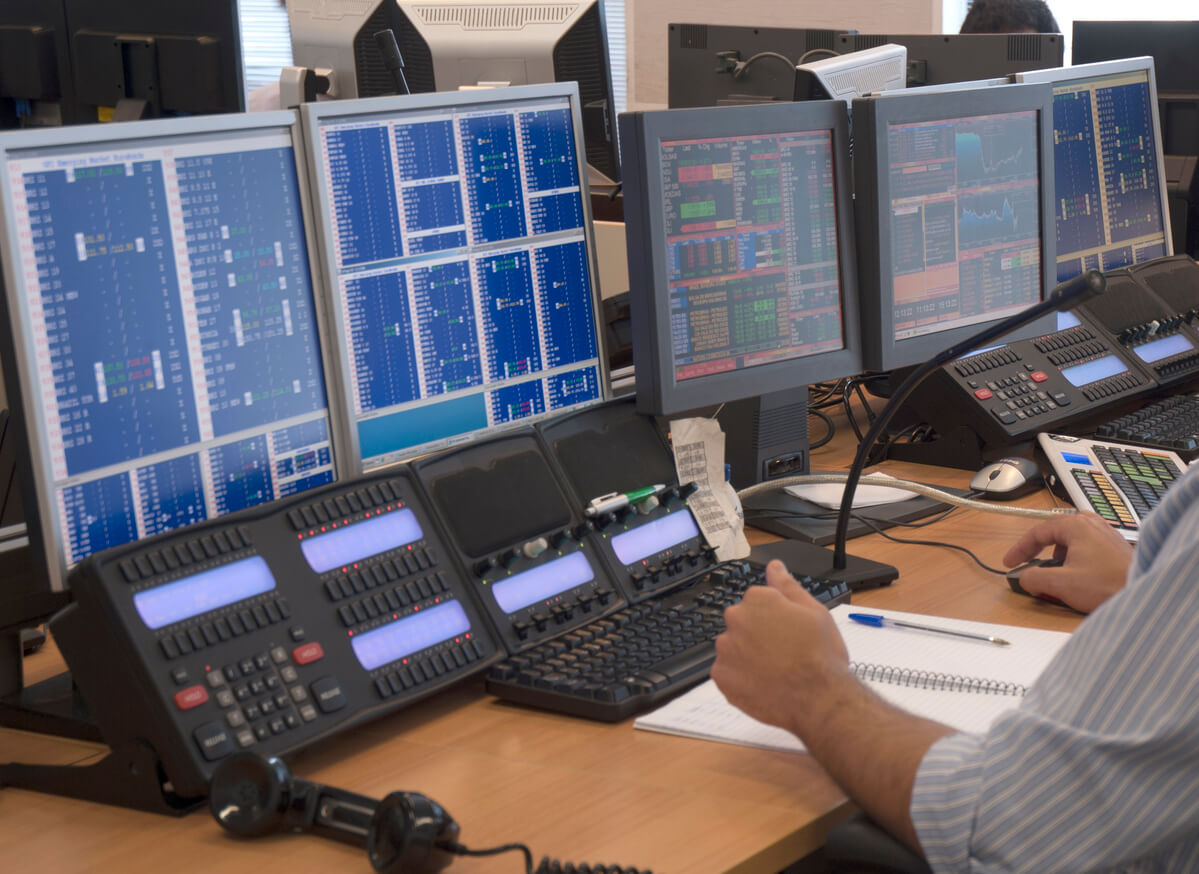
Transforming criminal investigations with AI-enabled facial recognition
Facial recognition has become an essential technology for law enforcement and government agencies. Retrospective facial recognition system is an ideal tool for this fast-paced world, because it helps officers to identify suspects in a fraction of the time.
What are retrospective facial recognition systems?
Facial recognition systems are how devices recognize faces. At a basic level, they create ‘maps’ of people’s features from a photo or video then check a database to find a match. This once groundbreaking technology is now a natural part of modern life, unlocking hundreds of millions of phones every day.
Unlike their ‘live’ counterparts, retrospective facial recognition systems check for identity matches post-event. They might check against photos or recorded footage from CCTV cameras, dashcams, doorbells or cell phones. Increasingly, they’re playing a vital role helping law enforcement agencies to investigate crime.
Making criminal investigations more effective
Solving a crime often starts with making a positive ID of the suspect or suspects. Yet this can be the most frustrating part of an investigation. Agency databases might contain tens of thousands of different images. And without any distinguishing features to narrow it down, it’s resource intensive at best.
This is where retrospective facial recognition (RFR) systems come into their own. A good system can match up to three million images per second, narrowing the search at a speed that’s impossible to achieve manually. A recent report has shown that effective use of RFR can reduce suspect identification time from 14 days to minutes.1
This level of performance, alongside the scale and availability of systems has helped forces with some significant results in cases involving murder, sexual offences, assaults and robberies, as well as supporting intelligence gathering as part of ongoing operations.
- Crime: Violent assault on a woman.
- Technology Used: CCTV footage analyzed with RFR.
- Outcome: Arrested within 48 hours; sentenced to life imprisonment.
- Crime: Sexual harassment; fugitive for 10 years.
- Technology Used: RFR matched image from a large public event.
- Outcome: Arrested and charged
- Crime: Large-scale drug trafficking.
- Technology Used: RFR used to build intelligence.
- Outcome: 69 arrests, 64 charges, 44 custodial sentences totalling 117 years.
Building platforms for the future
NEC’s Reveal is a forensic face recognition application providing law enforcement the ability to identify face images (ranging from good to very poor quality) by performing either a one-to-many (1:N) search or one-to-one (1:1) match against a database of any size. As a securely hosted service, agencies can closely collaborate by sharing data, either on a shared service or by making use of NEC’s unique, cross-agency search functionality that enables investigators to identify criminals who commit crimes across jurisdictions. In addition to providing intuitive search and verification tools, Reveal also maintains a complete audit trail of the investigation – from case entry and search submission to case review and disposition – to keep track of every step taken in each case.
Ensuring ethical and proportionate use
Acceptance of the use of Facial Recognition technology is ever-increasing, with a recent report stating that 85% of Londoners support the use of facial recognition to improve safety and 74% trust the Metropolitan Police more due to its use of the technology.2
NEC’s NeoFace algorithm is ranked first for accuracy in the US National Institute of Science and Technology’s annual ratings. Built on 40 years of experience, it copes well with ageing, angles, headwear and poor lighting. It also comes with built-in safeguards to support proportionate use, with auditing and reporting and a range of data retention tools.
AI-enabled facial recognition already supports investigations in almost half of EU member states3, as well as multiple agencies in the US and UK. When it helps to make investigations faster and more efficient, it’s easy to see why.
Click here to find out more and request a demo of our next-generation RFR platform

